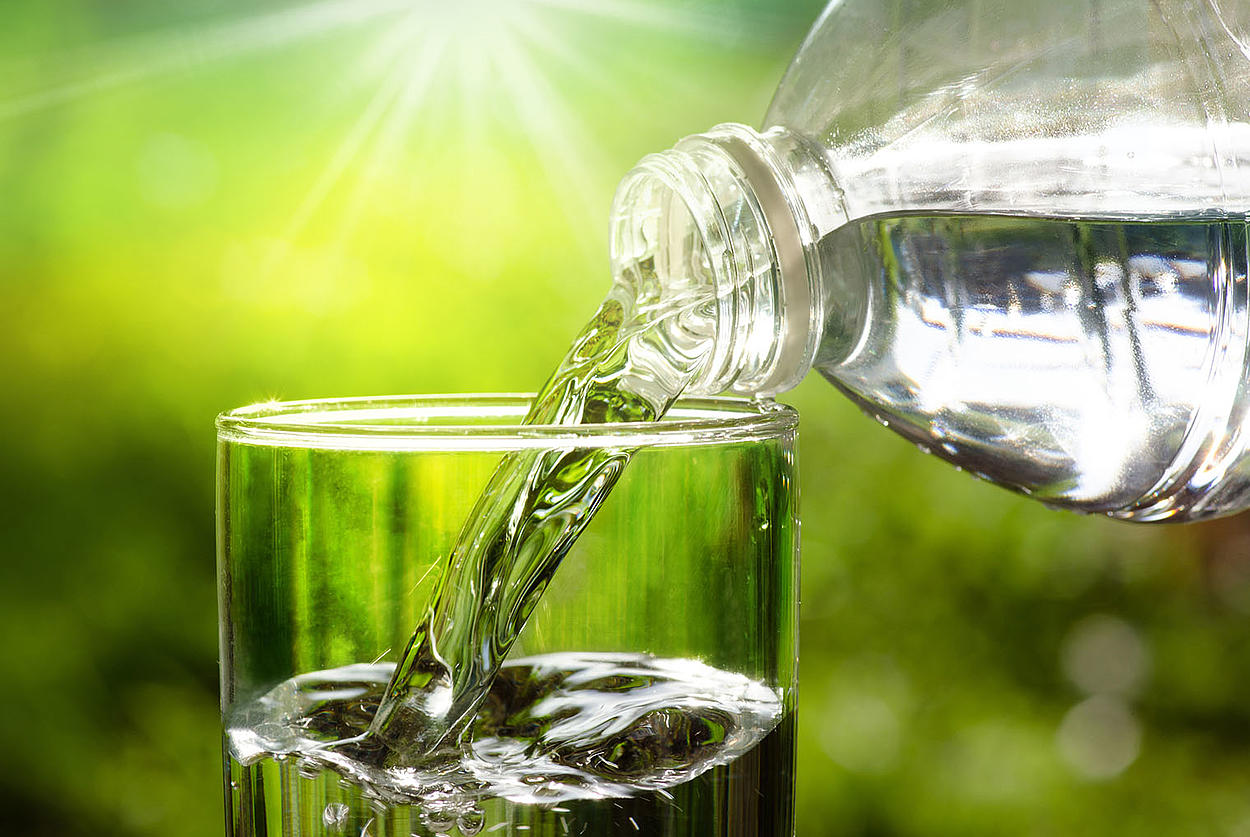
Rubber materials used in the drinking water and food sectors must be non-toxic, reliable, and durable. Ensuring hygiene, durability, corrosion resistance, and chemical compatibility, especially for materials that come into contact with water or food, is crucial in these industries.
Rubber Materials in the Drinking Water Sector
Reliability is a top priority for rubber products used in drinking water applications, as these materials can directly affect water quality. Commonly used rubber parts include pipe gaskets, valves, fittings, water pumps, and filters. The most preferred rubber types in this sector are EPDM (Ethylene Propylene Diene Monomer), NBR (Nitrile Butadiene Rubber), and Silicone.
EPDM Rubber: Widely used in gaskets and pipe fittings in contact with drinking water, EPDM stands out for its resistance to high temperatures, UV exposure, and disinfectants such as chlorine. These properties make it a long-lasting and hygienic solution.
NBR Rubber: Nitrile rubber is favored for drinking water applications requiring durability and chemical compatibility. Its high resistance to oils makes it suitable for valve seals and other equipment in water treatment plants.
Silicone: Known for its elasticity and heat resistance, silicone is ideal for drinking water systems operating at high temperatures. It is both durable and compliant with drinking water standards.
Rubber materials for drinking water applications must meet standards such as NSF/ANSI 61, WRAS BS6920, DVGW W270, and EN681-1, which evaluate material interactions with chemicals in water and ensure human health protection.
Rubber Materials in the Food Industry
Rubber materials in the food industry are used in various applications, including machinery, conveyor belts, filling equipment, and packaging systems. Key requirements for rubber products in this sector include hygienic surfaces for food contact, flexibility, durability, and resistance to high temperatures.
EPDM Rubber: Resistant to hot water and steam cleaning, EPDM is commonly used in food processing applications like pipe connections, gaskets, and valves.
Silicone: Renowned for its high-temperature resistance and flexibility, silicone is widely used in seals, caps, and hoses in food production lines. Its odorless and tasteless nature preserves the natural flavor of food products.
NBR Rubber: With its resistance to oils, Nitrile rubber is used in equipment that comes into contact with oil-based food products, such as fryer seals and oil transfer hoses.
Contributions of Rubber Materials to Food and Drinking Water Safety
Rubber materials used in these sectors must meet high hygiene standards. Therefore, products for water and food applications should be free from harmful chemicals such as BPA and phthalates and exhibit low migration values. They must also withstand high temperatures and pressures. For example, valve seals in water treatment plants or hoses in food production facilities are formulated to resist abrasive chemicals.
Compliance with environmental and health standards such as REACH and RoHS is essential for rubber manufacturers in these sectors. These certifications promote the development of products that are safe for both the environment and human health.
In conculsion rubber materials used in the drinking water and food industry must be non-toxic, durable, and reliable. These materials should meet stringent hygiene standards while offering long-lasting performance and high functionality. Proper selection and formulation of rubber materials ensure safety and efficiency in these critical sectors.
